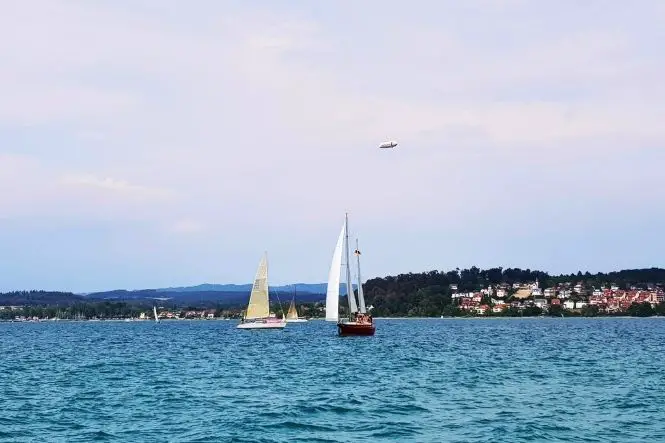Sailing, either as a holiday or as a day out, is an activity that is not confined just to participation by able bodied people and is able to be enjoyed by people with disabilities including hearing and visual impairments and wheelchair users. The Royal Yachting Association’s Sailability programme has the stated aim of bringing boating to people with disabilities.
There are over 200 clubs around the UK that are able to offer disabled people from the sailing novice to the more experienced sailor, the opportunity to set sail and enjoy being a skipper. The types of vessels used vary from access dinghies to tall ships, with some places offering power boating for wheelchair users as well. Some sailing organisations are able to cater for all ages, with some accepting sailors as young as ten.
Different Types Of Boats And Ships
With access dinghies you are able to sail either alone or with a companion and these are designed not to capsize. The access dinghy controls are adapted to suit the skipper and 2.3s or 3.3s are popular types of access dinghy that are often used.
Also available for disabled sailors are 2.4 metre keel boats, which are based on the bigger 12 metre yachts used in the America Cup. There is a full racing programme at club level for boats like these and, along with the Sonar, the 2.4 is the chosen boat for the Paralympics. There are other small boats, including the Challenger Trimarans, although it is recommended that these are sailed by an adult as a child may find it difficult to control.
Sailing tall ships is another option, but this is probably best for the more adventurous person as cruises can last between 5 and 30 days and can include a Transatlantic passage. These cruises are available through the Jubilee Sailing Trust and work on a buddy system, where a disabled sailor is teamed up with an able bodied companion and expected to participate in all duties, including going aloft. The Jubilee Sailing Trust operate Lord Nelson and Tenacious, the only two tall ships in the world to be designed and built with the purpose of enabling people of all physical abilities to sail side-by-side on equal terms.
Some sailing organisations will require a statement from your doctor confirming that your disability is compatible with sailing. Many sailing organisations will have facilities to aid disabled sailors. These often include level concrete paths to all buildings, a concrete parking area, a dedicated changing room with toilet and shower area and relatively easy access to the water. There may also be hoists available to enable sailors to be lifted from a wheelchair straight into a boat alongside the jetty or whilst the boat is on shore.
You should also confirm what sailing equipment will be provided. Often there will be buoyancy aids and waterproofs provided and all you will need to bring are soft shoes and a change of clothing if you think you may get wet. It is also worth checking when sailing takes place as some organisations have a closed period between May and October. Some boats are not suitable for all disabilities, so confirm this with the organisation before booking a session.

